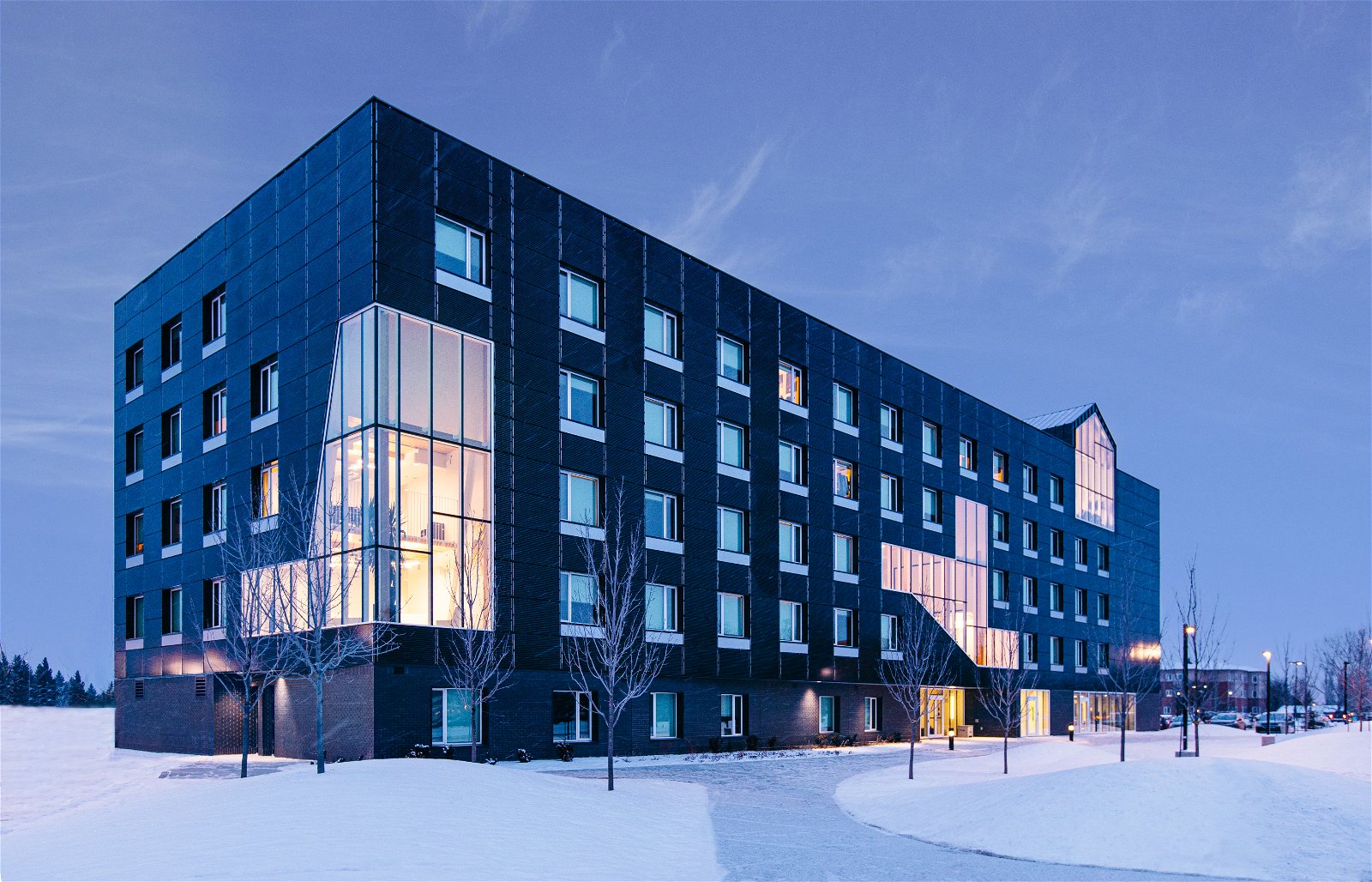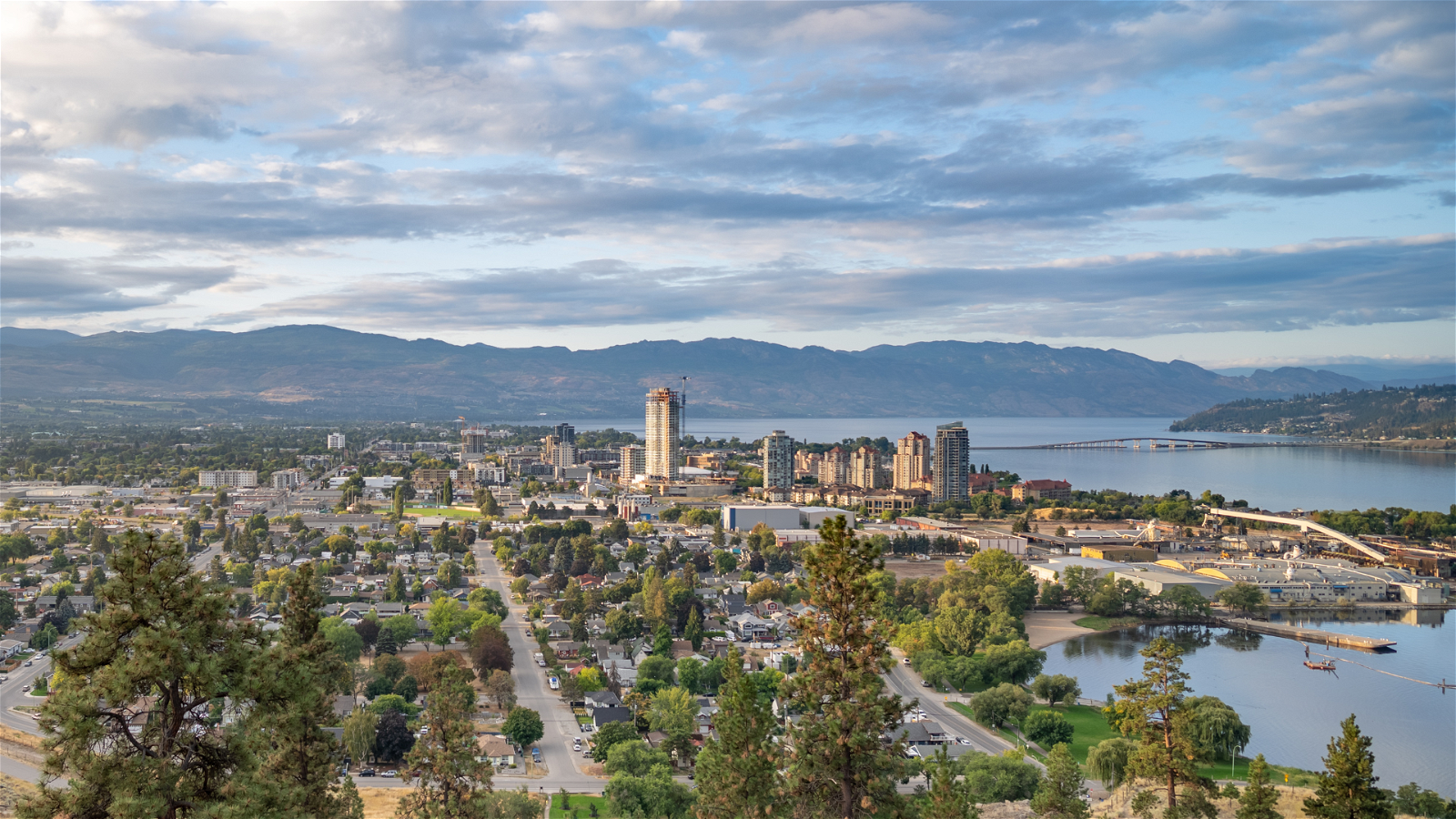- Culture
- Notre équipe
- Services
- Projets
- Médias
- Nos bureaux
- Rechercher
- Détails

Integrated Project Delivery (IPD) marks a paradigm shift in how construction projects are delivered. By emphasizing a collaborative approach, IPD breaks down the barriers traditionally seen in project development.
In this article, we explore:
- What IPD truly entails and why it matters.
- The undeniable benefits of adopting an IPD approach.
- How RJC Engineers exemplifies IPD success in our projects.
Let's discuss the impact of IPD and how it's redesigning project delivery.
- Détails

Within the construction industry, Mass timber is quickly gaining popularity by providing an environmentally friendly, versatile, and visually appealing alternative to conventional building materials. Its low embodied energy, durability, and ability to sequester carbon make it an increasingly popular choice for architects, builders, and developers seeking environmentally friendly solutions.
- Détails

Kelowna, a city nestled in the heart of Southern British Columbia, is on a rapid transformation journey. This picturesque Canadian locale is emerging as one of the fastest-growing cities in the nation. The growth of Kelowna, and the region, raises important questions about its infrastructure and community services. In this article, we cover:
- Kelowna and the Okanagan’s astonishing growth statistics and the factors fueling this expansion.
- The impact of this growth on the demand for community services and infrastructure.
- RJC Engineers' crucial role in supporting Kelowna's evolving infrastructure needs.
Explore with us how Kelowna's growth is shaping its future and the pivotal role RJC Engineers plays in its ongoing development.